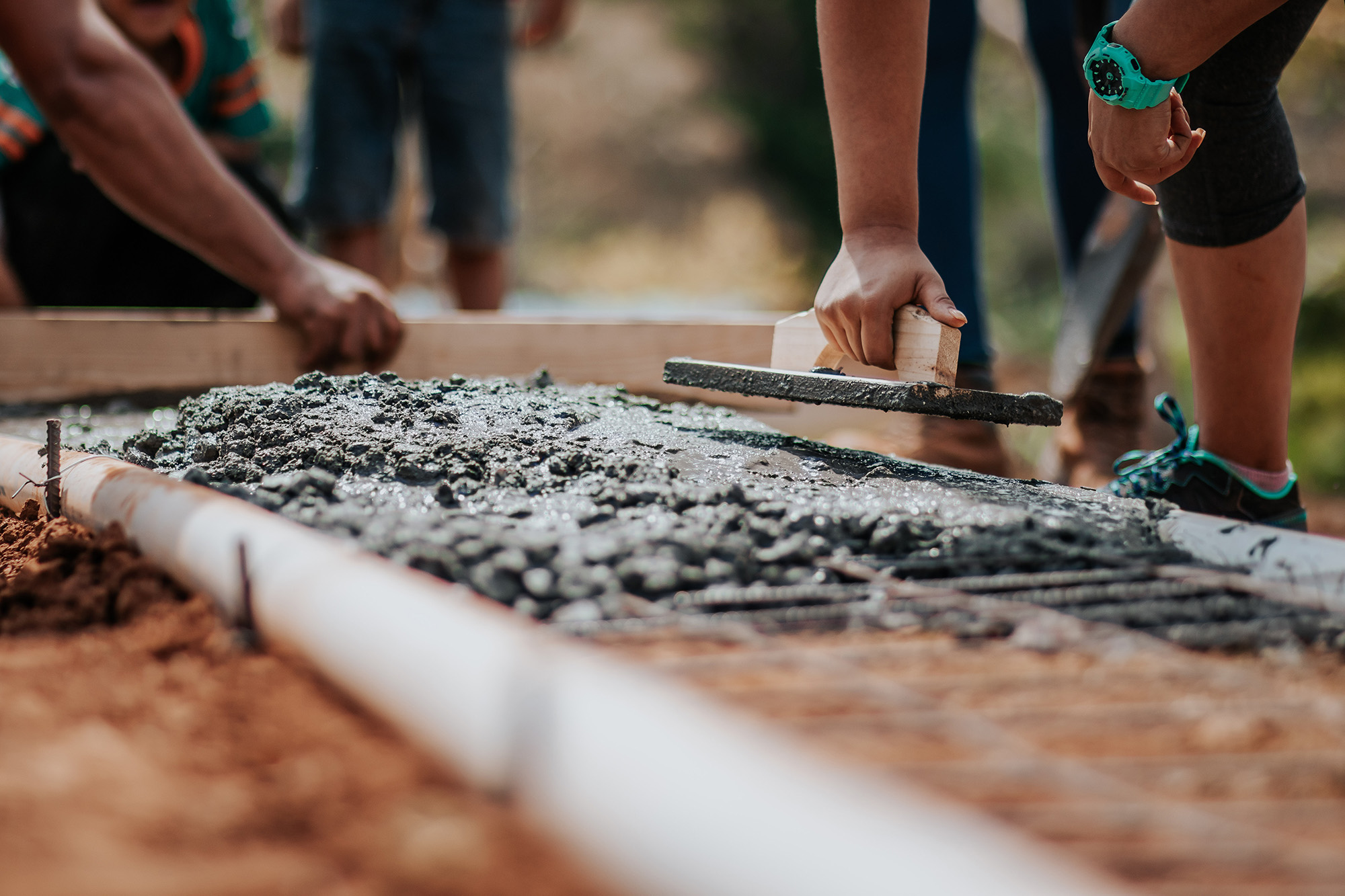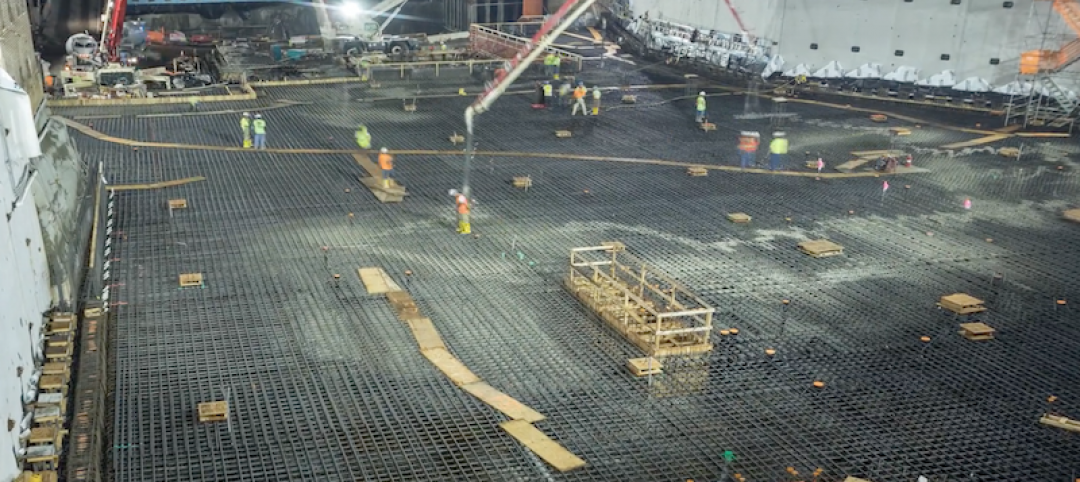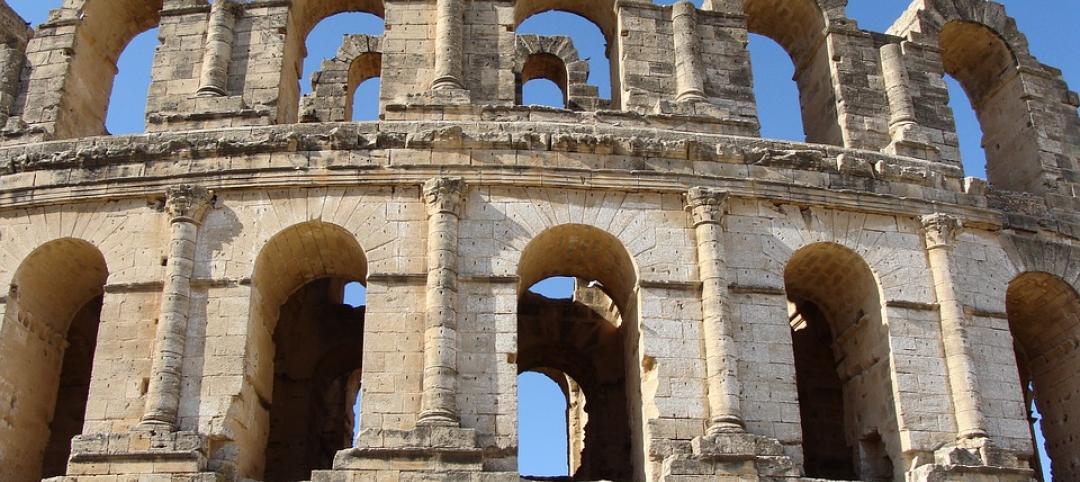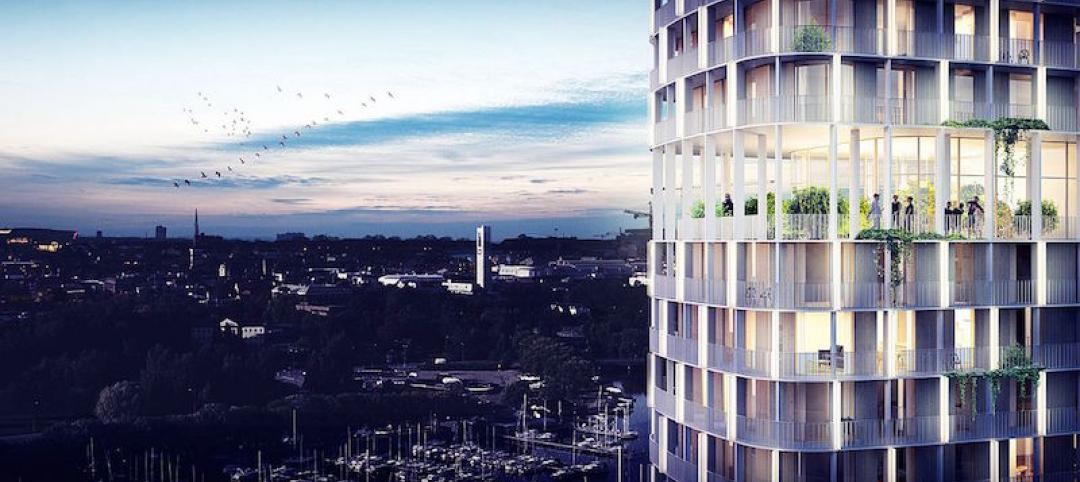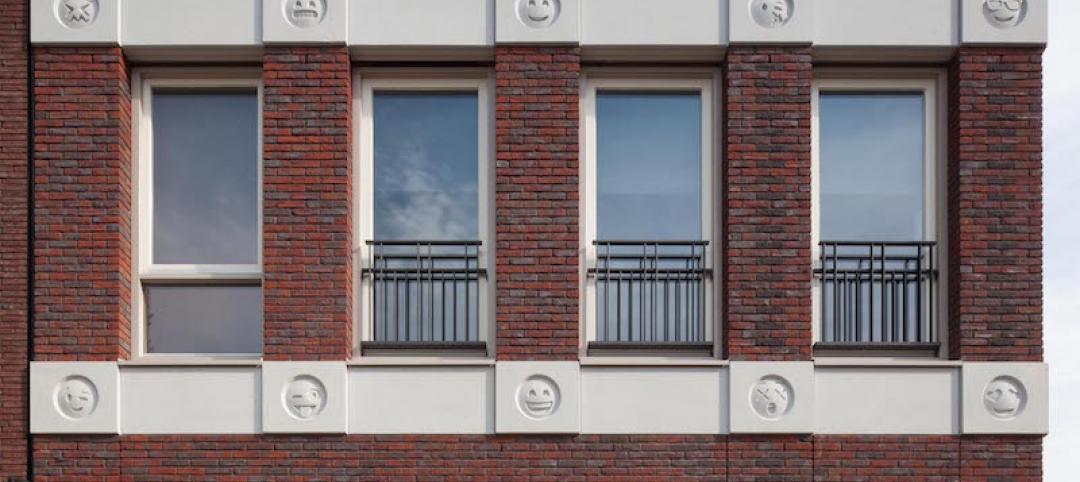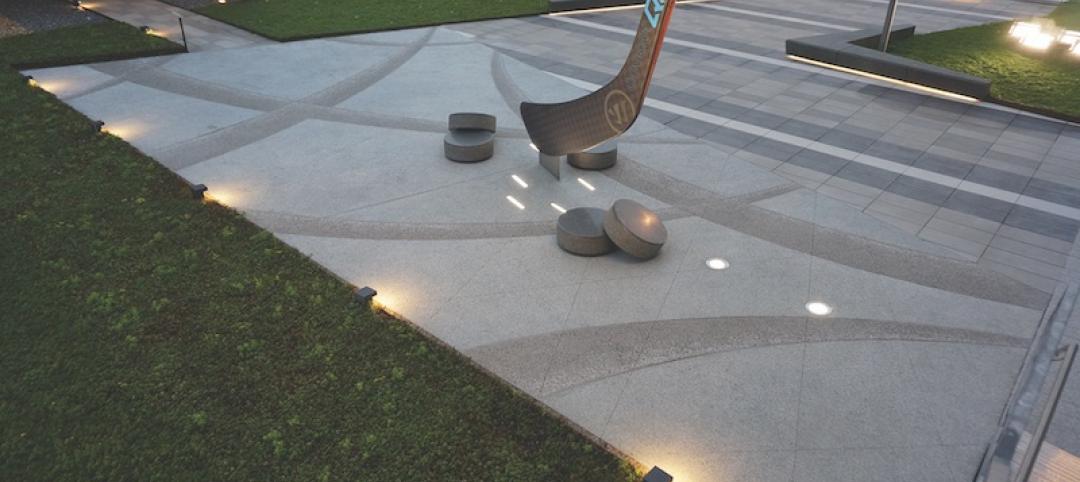Researchers are making significant strides in reducing embedded carbon in concrete, but public policies have been slow to adopt this more sustainable option, according to Matthew P. Adams, an associate professor and co-director of the Materials and Structures Laboratory at New Jersey Institute of Technology.
Knowledge and technical data about greener concrete must be more widely dispersed to government decision-makers and industry to foster increased adoption of sustainable concrete, Adams says. “Building codes at the local, state, and national level are slow to permit the use of new technologies in building materials, despite extensive strength and durability testing,” he says.
“Many public agencies and engineering companies are afraid to embrace new methods without strong proof of their long-term durability and performance in real-world applications,” Adams says. But, making “accessible, easily digestible information” about the performance of greener concrete options, how best to specify these materials, and what materials are locally available to policymakers does have an impact, he notes.
For example, officials in the Village of Hastings-on-Hudson, N.Y., committed to promoting the use of low-carbon concrete materials in building and infrastructure projects. They backed up new policy with education and support to the construction industry about low-embodied carbon concrete. These efforts led to multiple local projects built with more environmentally friendly concrete including sidewalks and a new elementary school.
The town’s success led to other New York communities passing similar resolutions. The New York State Legislature subsequently passed the Low Embodied Carbon Concrete Leadership Act to advance the use of greener concrete statewide. Such public policy actions will be needed to take full advantage of the promise of more sustainable concrete materials devised in labs, Adams says.
Related Stories
Sponsored | Concrete | Mar 2, 2018
English inspired church built with insulated concrete forms
The challenge was to mirror the style of a historic place of worship while using modern technologies which comply with today's codes of practice.
Concrete | Jul 13, 2017
LF Driscoll and Balfour Beatty recently wrapped the largest concrete pour in Philadelphia’s history
The pour created the foundation for the Foster + Partners-designed Pavilion on Penn Medicine’s Campus.
Concrete | Jul 7, 2017
The secrets held within Ancient Roman concrete could improve future building practices
Not only has the concrete stood the test of time, but it has actually become stronger.
| Jun 13, 2017
Accelerate Live! talk: Next-gen materials for the built environment, Blaine Brownell, Transmaterial
Architect and materials guru Blaine Brownell reveals emerging trends and applications that are transforming the technological capacity, environmental performance, and design potential of architecture.
| Jun 13, 2017
Accelerate Live! talk: A case for Big Data in construction, Graham Cranston, Simpson Gumpertz & Heger
Graham Cranston shares SGH’s efforts to take hold of its project data using mathematical optimization techniques and information-rich interactive visual graphics.
Sponsored | Concrete | May 31, 2017
Fabcon helps bring new life to brownfield sites
With brownsites, the real trouble lies in the unseen: namely the hazardous substances, pollutants or contaminants that remain in the soil.
Multifamily Housing | May 17, 2017
Swedish Tower’s 15th floor is reserved for a panoramic garden
C.F. Møller’s design was selected as the winner of a competition organized by Riksbyggen in Västerås.
Mixed-Use | Apr 25, 2017
Dutch building incorporates 22 emojis into its façade
The emoji building is part of a larger mixed-use development built around a 150-year-old oak tree.
Concrete | Apr 7, 2017
‘Cool’ pavement creates ice rink aesthetic outside NHL practice facility
The concrete contains unique colors, aggregates, and textures.


